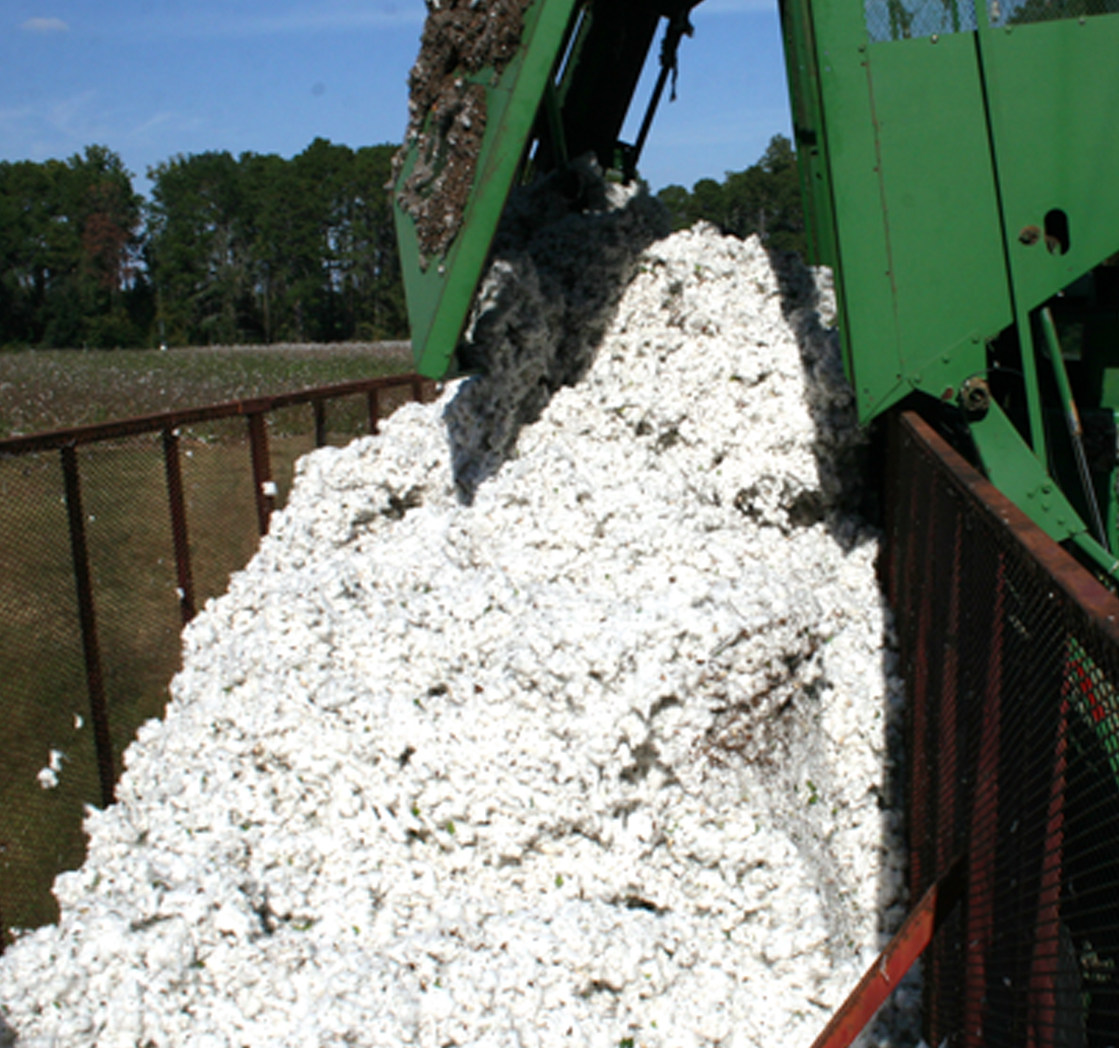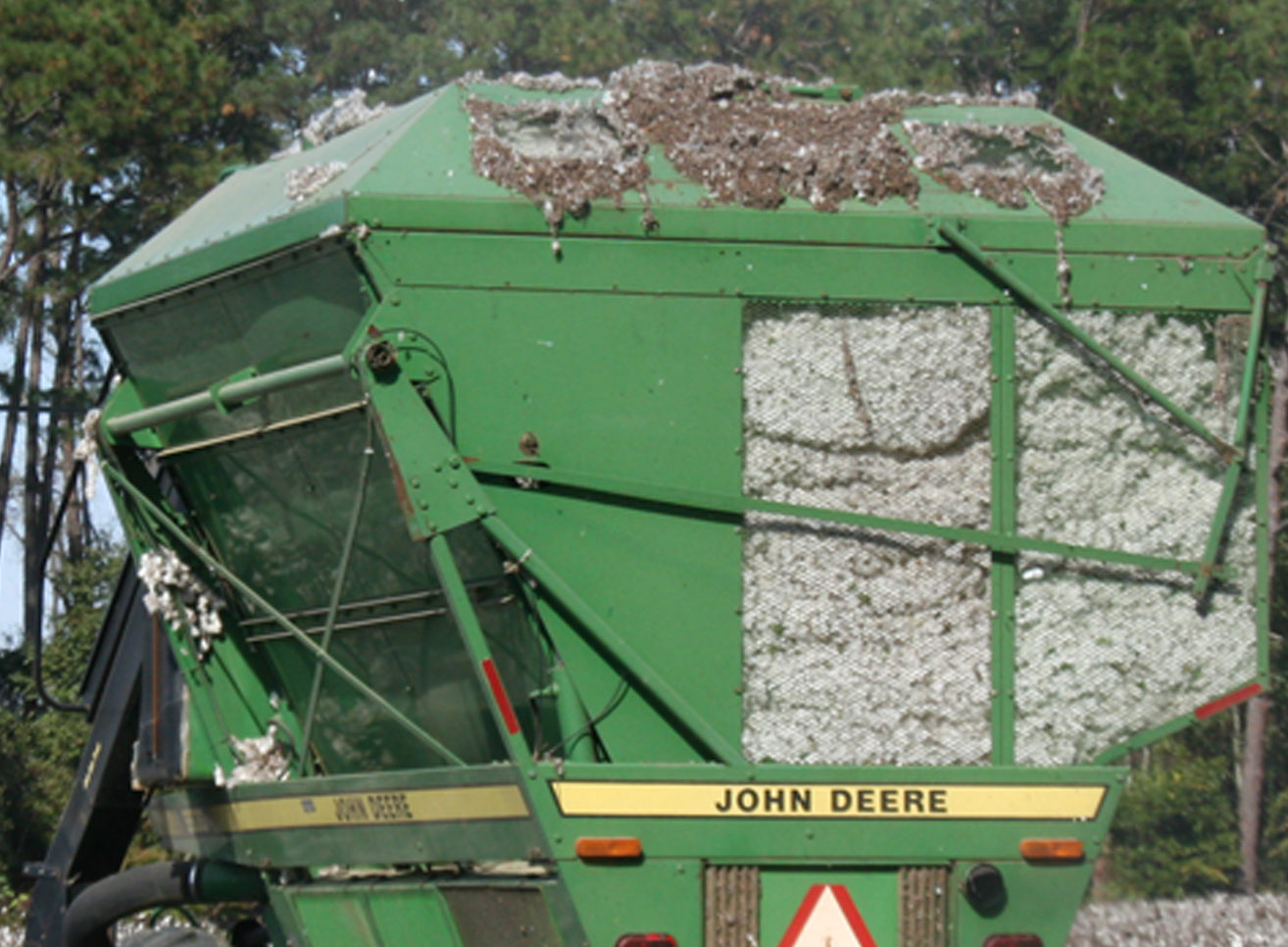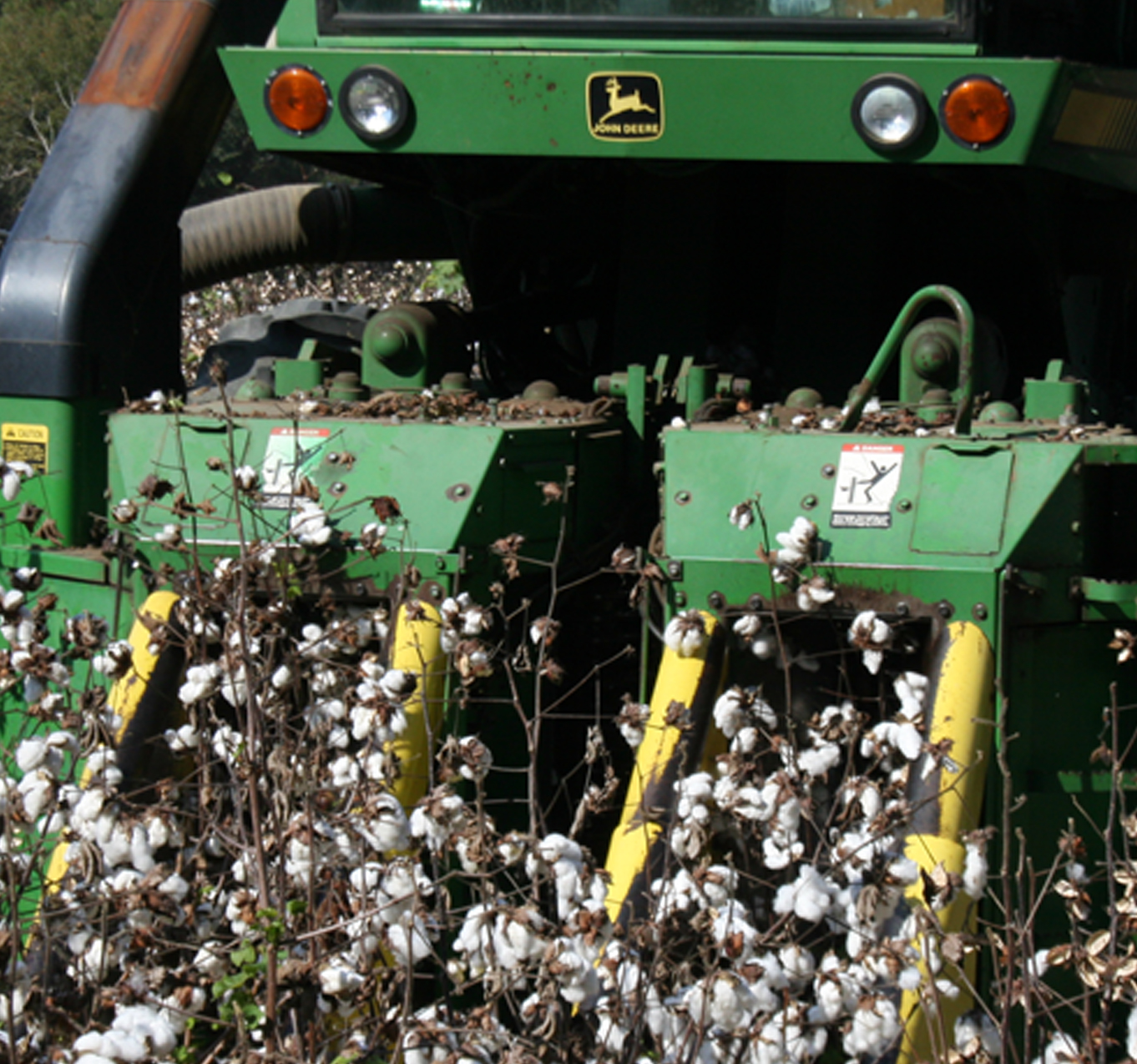Two of the world’s largest producers of cotton, China and India, play key roles in the future of cotton prices, according to University of Georgia cotton economist Don Shurley.
China is the world’s largest user and second-largest producer of cotton. The country’s actions relating to stocks and imports could be an overwhelming factor on the improvement of cotton prices for farmers. Cotton prices have been stuck in the 62 to 67 cents per pound range for the past nine months.
“What goes on over there is very important. It’s even more so now, because they hold 60 percent of the world’s cotton stocks, or cotton left over from previous years that’s still on hand,” said Shurley, a researcher in the UGA College of Agricultural and Environmental Sciences. “Their policies affect how that cotton is used, how it’s moved into the supply chain and when it will have a big impact.”
Also a significant factor in future cotton prices is the monsoon season in India, the world’s largest cotton producer.
In Shurley’s biweekly newsletter, “Cotton Marketing News," he wrote that the Indian government forecasts the monsoon season as “deficit,” meaning the country’s cotton crop estimate could be lowered in future reports. India’s expected decrease in cotton production could impact the direction that prices take in future months.
Shurley said cotton farmers prefer to see prices reach the 80-cent plateau, a mark not seen since June 2014. The U.S. Department of Agriculture (USDA) will release its estimate of actual cotton acreage planted in the U.S. on June 30. Combined with the release of July production and supply/demand numbers, this information should provide clarity about the future of the cotton market by next month.
“There are so many factors, globally, that are in place now. Plus we’ve gone to, essentially, 24/7 trading. We’ve gone fully electronic now. Prices have a way of changing very rapidly,” Shurley said.
There are concerns within the industry about cotton, in general. The most recent farm bill did not place cotton in a very favorable light, compared to other commodities like peanuts or corn, Shurley said. The USDA estimates Georgia’s cotton acreage will drop to 1.1 million acres, down from 1.38 million a year ago.
“Some years when you have low cotton prices, everything else is low too. Then (farmers) just stick with cotton. Some years when cotton prices are low, other commodities, like corn and soybeans, are a lot better. Farmers will shift some acres out from cotton and into those other crops,” Shurley said. “That’s what we’ve seen this year.”
Many Georgia farmers shifted those cotton acres to peanuts. As a result, peanut acreage is expected to increase by 20 percent, to between 700,000 and 750,000 acres.
“The farm bill gives these other commodities the potential for ARC (agricultural risk coverage) and PLC (price loss coverage) payments,” said Shurley. “I think most farmers try not to bust up their rotations. They try not to get out of a rotation that they like to stay in for agronomic reasons. But, at the same time, if the market dictates, they can stay fairly close to their desired rotations and still shift some acres on certain farms or fields.”
Agricultural risk coverage payments are made when the revenue for the crop is less than 86 percent of the historical average. Price loss coverage payments are made when the price falls below a pre-set level according to the farm bill.









